Lasso Fista cross-validation¶
- class mrinversion.linear_model.LassoFistaCV(lambdas, folds=10, max_iterations=50000, tolerance=0.0052, positive=True, sigma=0.0, randomize=False, times=1, inverse_dimension=None, n_jobs=2)[source]¶
Bases:
objectMethods Documentation
- fit(K, s)[source]¶
Fit the model using the coordinate descent method from scikit-learn for all alpha anf lambda values using the n-folds cross-validation technique. The cross-validation metric is the mean squared error.
- Parameters:
K – A \(m \times n\) kernel matrix, \({\bf K}\). A numpy array of shape (m, n).
s – A \(m \times m_\text{count}\) signal matrix, \({\bf s}\) as a csdm object or a numpy array or shape (m, m_count).
- predict(K)[source]¶
Predict the signal using the linear model.
- Parameters:
K (ndarray) – A \(m \times n\) kernel matrix, \({\bf K}\). A numpy array of shape (m, n).
- Returns:
A numpy array of shape (m, m_count) with the predicted values
- Return type:
ndarray
- residuals(K, s)[source]¶
Return the residual as the difference the data and the predicted data(fit), following
(23)¶\[\text{residuals} = {\bf s - Kf^*}\]where \({\bf f^*}\) is the optimum solution.
- Parameters:
K (ndarray.) – A \(m \times n\) kernel matrix, \({\bf K}\). A numpy array of shape (m, n).
s (ndarray ot CSDM object.) – A csdm object or a \(m \times m_\text{count}\) signal matrix, \({\bf s}\).
- Returns:
If s is a csdm object, returns a csdm object with the residuals. If s is a numpy array, return a \(m \times m_\text{count}\) residue matrix. csdm object
- Return type:
ndarray or CSDM object.
